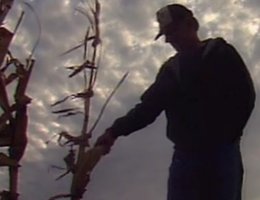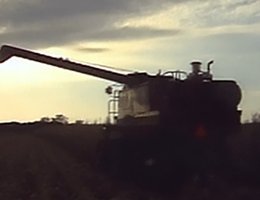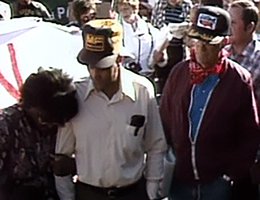
Throughout the history of the central Great Plains region, there have been cycles and factors that affect the lives of those who live here. These factors have always produced results that we can see later.

Some factors are natural — like the cycle of wet years and dry years. This "drought cycle" results in a pattern of good times followed by bad times for the plants, animals and humans living on the Plains.
Other factors affecting life on the Plains are man-made — like the cycles of economic activity and the progress of technology. In the 1970s and 80s, a combination of factors resulted in a period when farmers across the Midwest could no longer stay in business, and that had profound changes on the region.
This period is known as the farm crisis. There were several factors that came together to create the crisis.


The 1980s was a period when thousands of farm families lost their farms because of low farm prices and crushing debt. Farming was in a crisis. Many of the farmers who were able to survive the 1980s had to find work off their farms to add to their small farm incomes. There were specific results.
In this section, we’ll tell the story of the farm crisis and the beginnings of possible new economic opportunities. The same technology that threatens farming on the Plains may offer new ways to make money and revitalize the area.